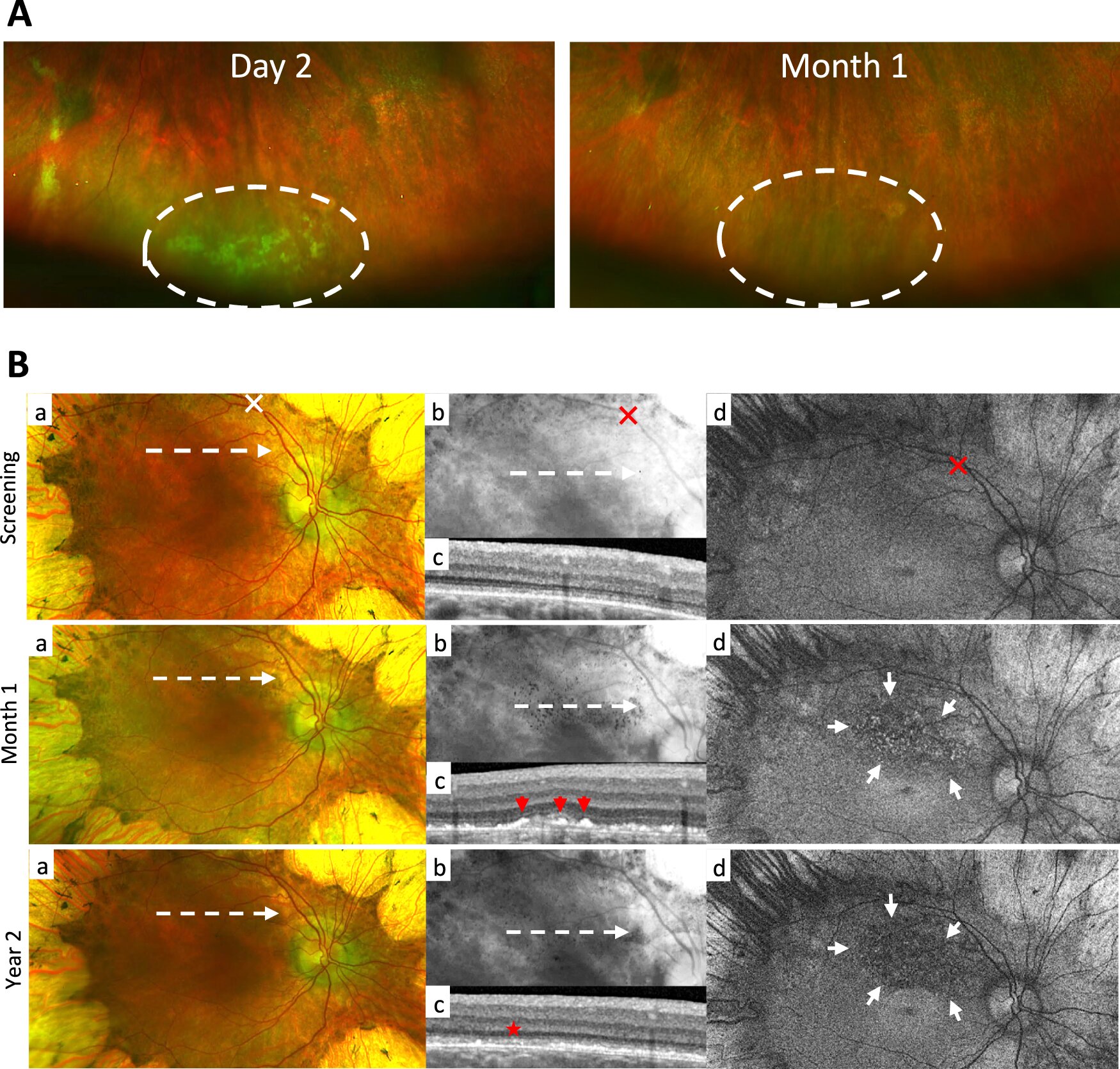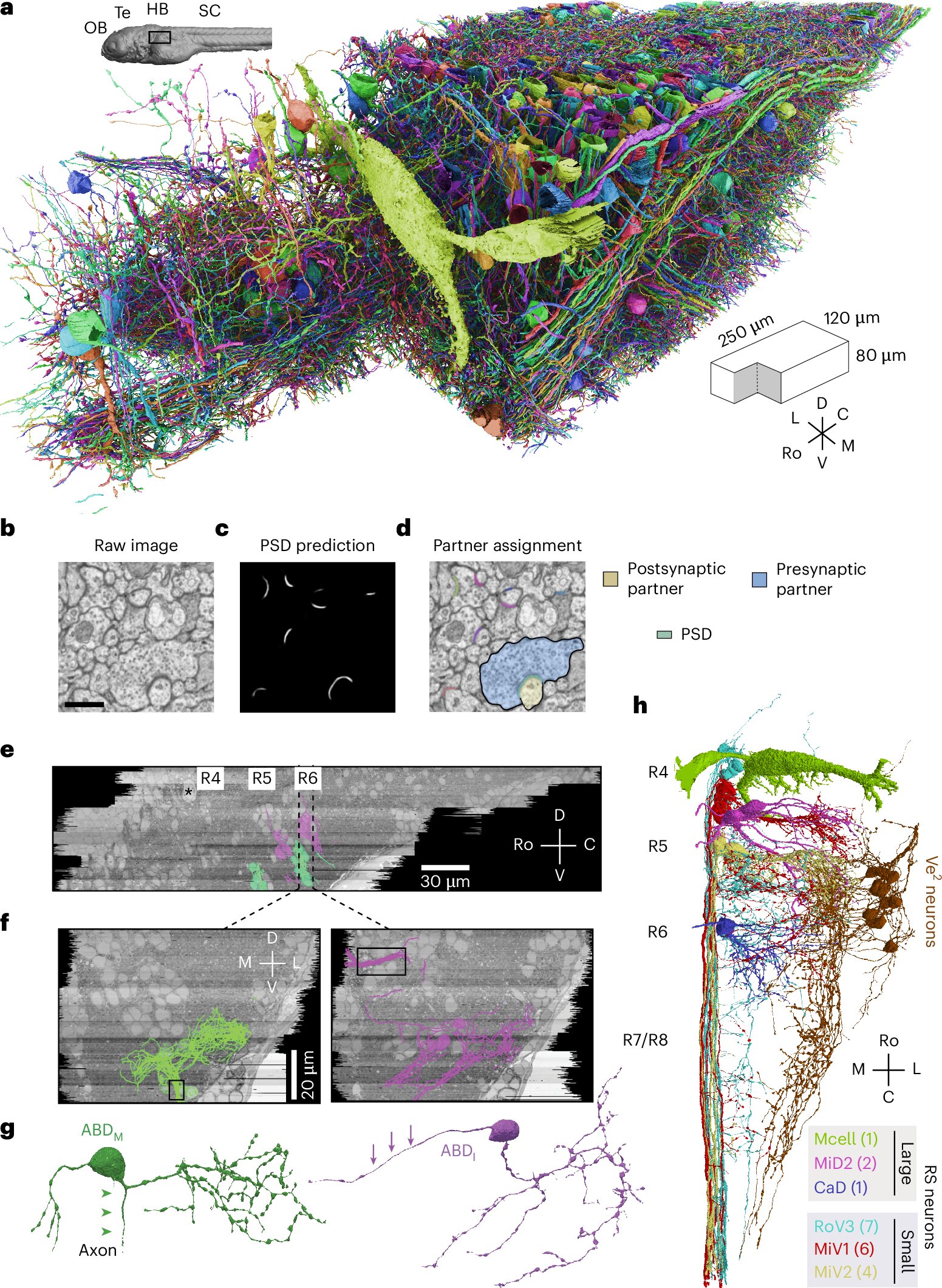
Bothnia dystrophy is a form of hereditary blindness, prevalent in the region Västerbotten in Sweden. A new study at Karolinska Institutet published in Nature Communications shows that gene therapy can improve vision in patients with the disease.
Bothnia dystrophy occurs mainly in the region Västerbotten in Sweden, but the disease has also been identified in other parts of the world. The disease leads to progressive visual impairment due to the destruction of the visual cells in the retina. It is caused by an inherited genetic mutation that leads to damage to a particular protein in the eye. There is currently no treatment for the disease.
Researchers at the Karolinska Institute have now investigated whether gene therapy can improve vision in people with the disease. The researchers used a so-called viral vector, a specially designed virus that was genetically modified to contain a functioning RLBP1 gene, the gene that is damaged in Bothnia dystrophy.
The viral vector was injected under the retina through an advanced surgical procedure in 12 people with the disease. The aim is that after treatment, the viral vector will be taken up by the cells of the retina, where it can produce normal protein.
The preliminary results of the study show that the visual function of 11 of the subjects improved significantly.
“The results are important because hereditary blindness is the most common cause of blindness in younger and able-bodied people, and there is no treatment for the vast majority of those affected,” says Helder André, one of the researchers behind the study, who works at the Department of Clinical Neuroscience, Karolinska Institutet.
After the procedure, the researchers followed the study subjects for a year to study the safety and effect of the drug on visual function. In eleven of the twelve study subjects, night vision, among other things, improved significantly, and in several participants, this led to improved self-perceived quality of life. No serious side effects linked to the drug were noted in the study.
“Our study gives hope that this large group of patients can have their vision restored in the future. The results also support the idea that gene therapy can work for hereditary diseases in general,” says Anders Kvanta, professor of ophthalmology at the same department and the person who led the study.
The next step is a larger study comparing the effect on treated study subjects with a control group that has not been treated.
The study was conducted at St. Erik Eye Hospital in Stockholm.
More information:
Kvanta, A., et al. Interim safety and efficacy of gene therapy for RLBP1-associated retinal dystrophy: a phase 1/2 trial, Nature Communications (2024). DOI: 10.1038/s41467-024-51575-4
Citation:
Gene therapy found to be effective in hereditary blindness (2024, September 10)
retrieved 13 September 2024
from https://medicalxpress.com/news/2024-09-gene-therapy-effective-hereditary.html
This document is subject to copyright. Apart from any fair dealing for the purpose of private study or research, no
part may be reproduced without the written permission. The content is provided for information purposes only.



